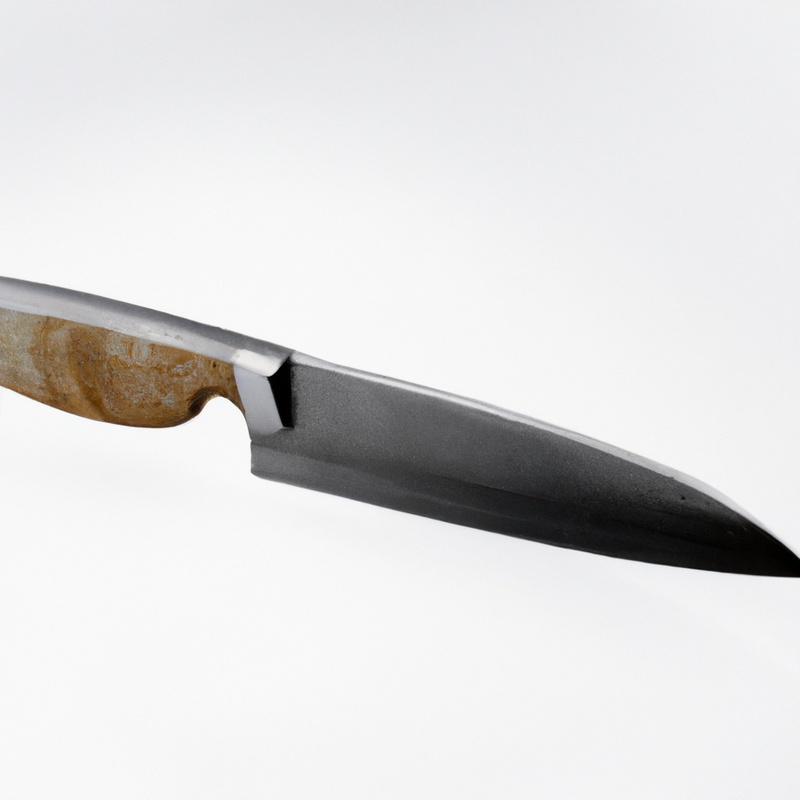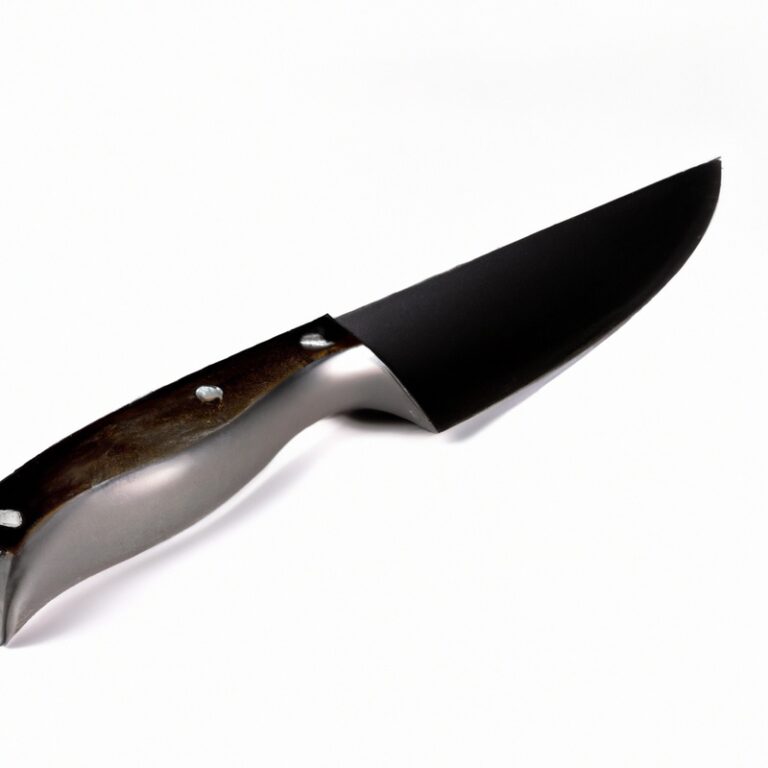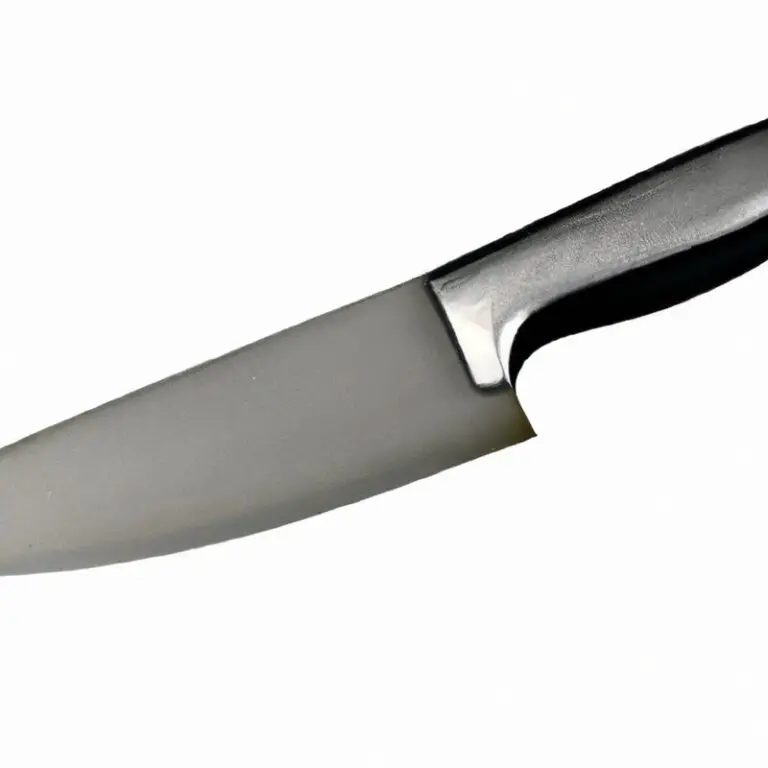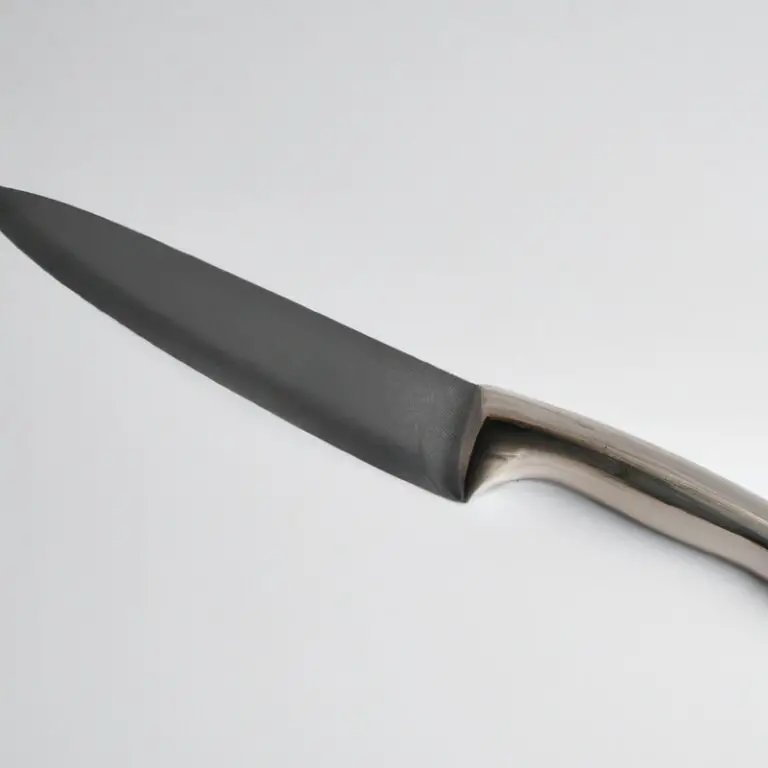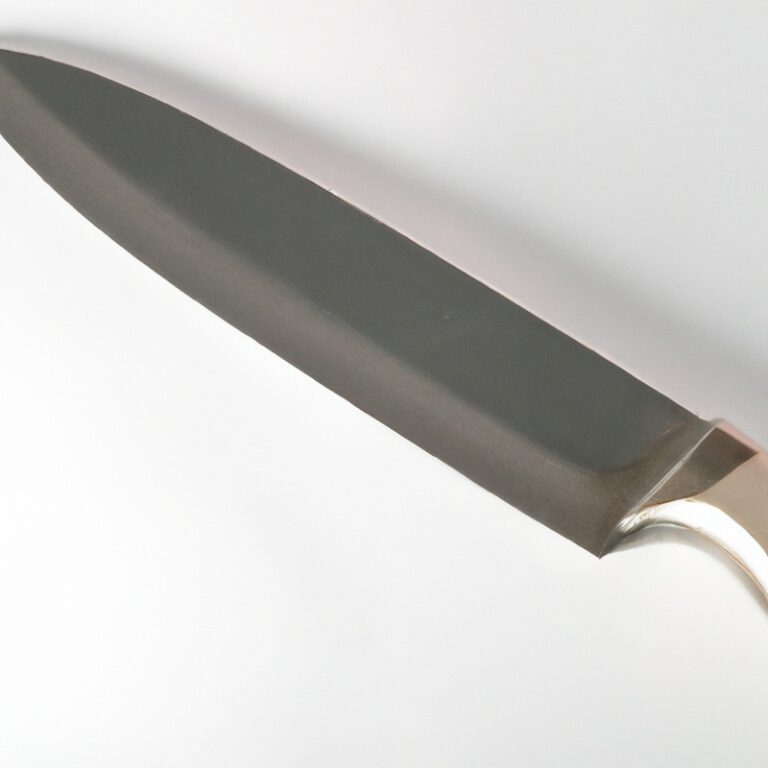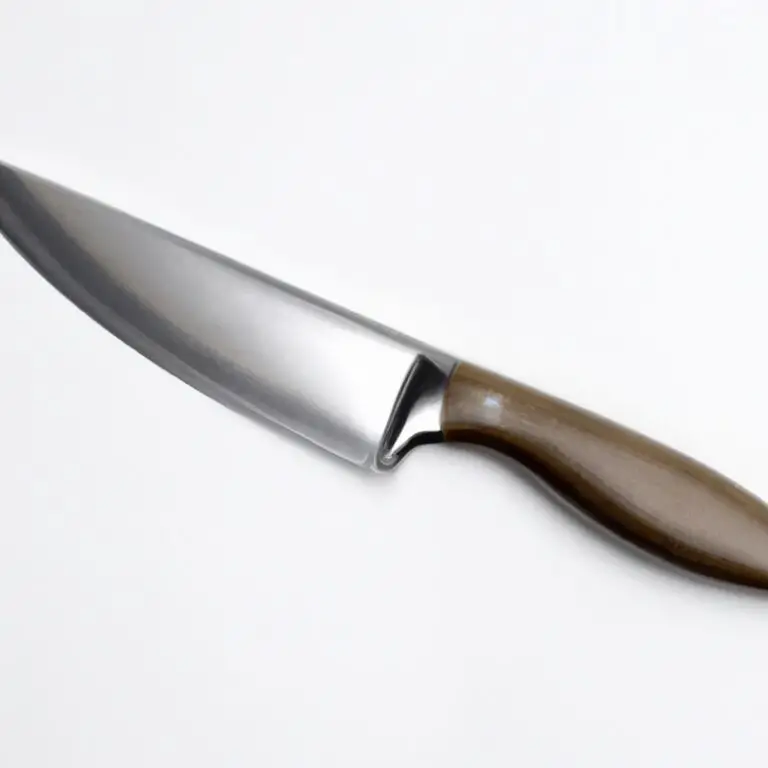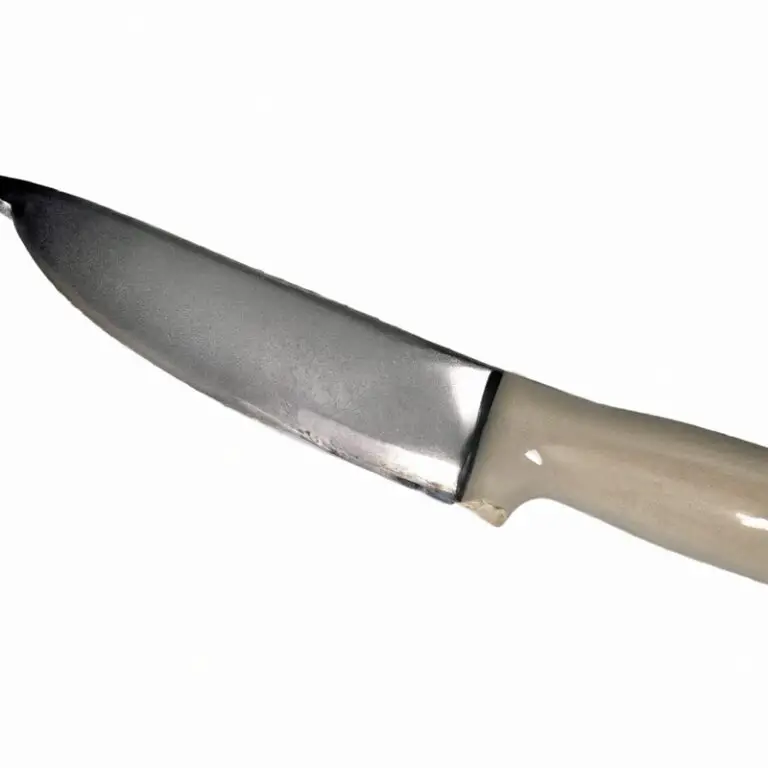How To Remove The Skin From a Fish Using a Fillet Knife? Learn The Technique Like a Pro!
Key Takeaways:
- Use a sharp fillet knife to make precise cuts along the spine, working from the tail towards the head.
- Start removing the skin by placing your thumb on the first cut and gripping the skin with your other hand before pulling it away from the flesh.
- Maintain a firm grip on the skin to avoid tearing or leaving any scales behind.
- Practice makes perfect so keep at it, and with time, removing the skin from a fish using a fillet knife will become easier and quicker.
Are you tired of struggling to remove the skin from your freshly caught fish? Look no further! In this article, I will guide you through the steps of using a fillet knife to remove fish skin with ease.
First, we will explore how to choose the right fillet knife for the job and go over some essential safety precautions.
Then, we will get into the nitty-gritty of preparing the fish and properly beginning the filleting process. I will also share various techniques for fish skinning and how to remove any remaining skin from the fish.
Lastly, we will discuss cleaning and maintaining your fillet knife for future use.
Get ready to become a pro at removing fish skin!
| Step | Description |
|---|---|
| Step 1 | Place the fish on a flat surface, with the head pointing away from you. |
| Step 2 | Hold the fish’s head firmly with one hand and make a small incision just behind the gills, cutting through the skin and down to the bone. |
| Step 3 | Hold the fillet knife at a 45-degree angle to the fish’s backbone and gently slide it down along the spine, starting at the incision you made in Step 2. Press the blade firmly against the bones as you go, being careful not to cut through the flesh. |
| Step 4 | As you reach the ribcage, use the tip of the fillet knife to cut through the bones and continue to slide the knife down the length of the fish’s body. |
| Step 5 | Use the fillet knife to separate the skin from the flesh as you move down the fillet. Start at the tail end and insert the knife between the skin and flesh, angling the blade very slightly towards the skin. Gently slide the knife along the length of the fillet, pulling the skin away from the flesh with your other hand as you go. |
| Step 6 | Repeat Steps 2-5 for the other side of the fish. |
Choosing the right fillet knife for fish skinning
When selecting a fillet knife for fish skinning, it’s important to consider blade length, flexibility, and material. An 8 to 9-inch blade length is ideal for most fish, while flexible blades are better suited for delicate fish.
For heavier fish, a stiffer blade may be necessary.
Stainless steel is a popular material for fillet knives due to its durability and resistance to corrosion. A quality fillet knife can make fish skinning easier and more efficient while reducing the risk of injury.
Safety precautions before beginning the fish skinning process
Before beginning the fish skinning process, it is crucial to ensure that you take the necessary safety precautions to avoid any accidents or injuries. Here are some safety tips to keep in mind:
- Wear protective gear such as gloves to avoid cuts or wounds while handling the fish and knife.
- Ensure that your fillet knife is sharp and in good condition before using it.
- Ensure that the cutting surface is stable and secure to prevent slips and falls.
- Use a cutting board specifically designed for fish filleting for better control and accuracy.
- Cut away from your body to avoid accidents or injuries.
- Avoid distractions and focus solely on the skinning process to avoid accidents.
- Keep the knife out of reach of children and inexperienced individuals.
By taking these safety precautions, you can ensure that your fish skinning process is smooth, accurate, and safe.
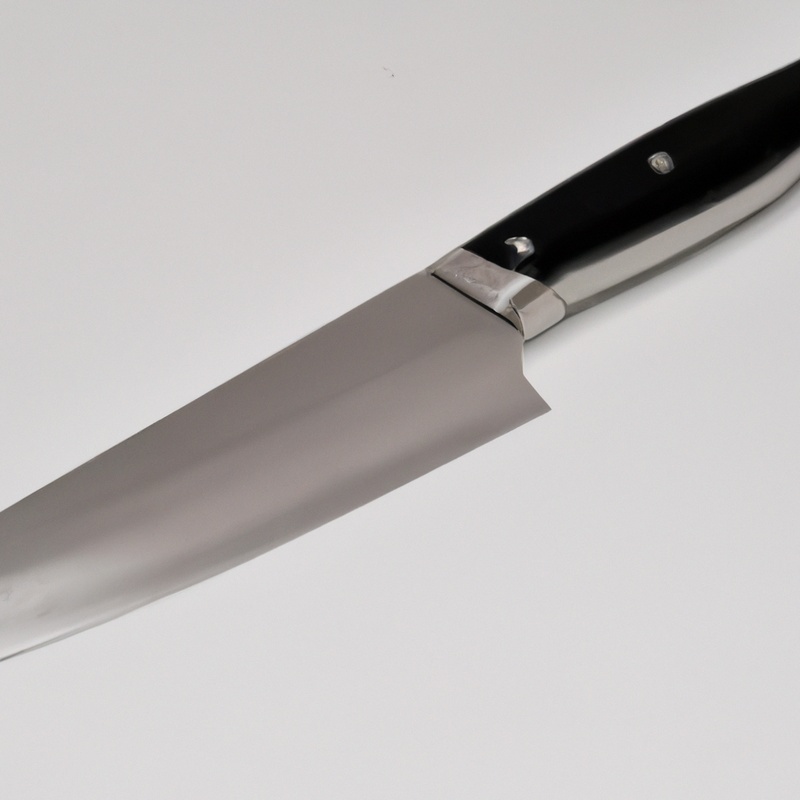
Preparing the fish for skinning
To prepare the fish for skinning, start by placing it on a clean, flat surface and securing it with a clamp or your non-dominant hand. Use a sharp knife to make a shallow cut through the skin, just behind the gills.
Then, use a pair of pliers or a fish scaler to remove the scales from the fish, working from tail to head in a circular motion.
Rinse the fish thoroughly with cold water and pat it dry with a clean towel. Once the fish is scaled, make a cut behind the head and down to the backbone.
Cut along the backbone to remove the fillet, ensuring to keep the knife at a slight angle to avoid wasting meat.
Repeat the process on the opposite side and discard the remaining fish carcass. Now, the fillets are ready for skinning.
Starting the filleting process to remove the skin
To start removing the skin from a fish using a fillet knife, make a slit at the base of the fish’s tail. Using the knife’s blade, separate the skin from the flesh at the cut, angling your knife downward towards the tail.
Use your other hand to peel the skin away from the flesh and continue to make slow and steady cuts, pulling as you go.
Make sure to keep the knife’s blade close to the skin to avoid removing any flesh. Repeat this process until the entire skin has been removed from the fish.
Techniques for proper fish skinning with a fillet knife
When it comes to fish skinning, using a fillet knife is the best way to achieve a clean and smooth result. Here are some techniques to keep in mind:
- Positioning: Hold the fish firmly, with the head facing away from you, and use the non-dominant hand to keep it steady.
- Starting point: Use the knife to start at the tail end of the fish, making a shallow cut through the skin but not the flesh.
- Angling: As you continue, angle the knife blade towards the skin, keeping your movements steady and controlled.
- Pressure: Apply firm but gentle pressure to the knife, letting it glide along the natural contours of the fish. Be careful not to cut too deeply or nick the flesh.
- Final steps: Once the skin is removed, use the fillet knife to trim away any remaining traces of skin or bones.
Following these techniques will result in perfectly skinned fish that is ready for cooking.
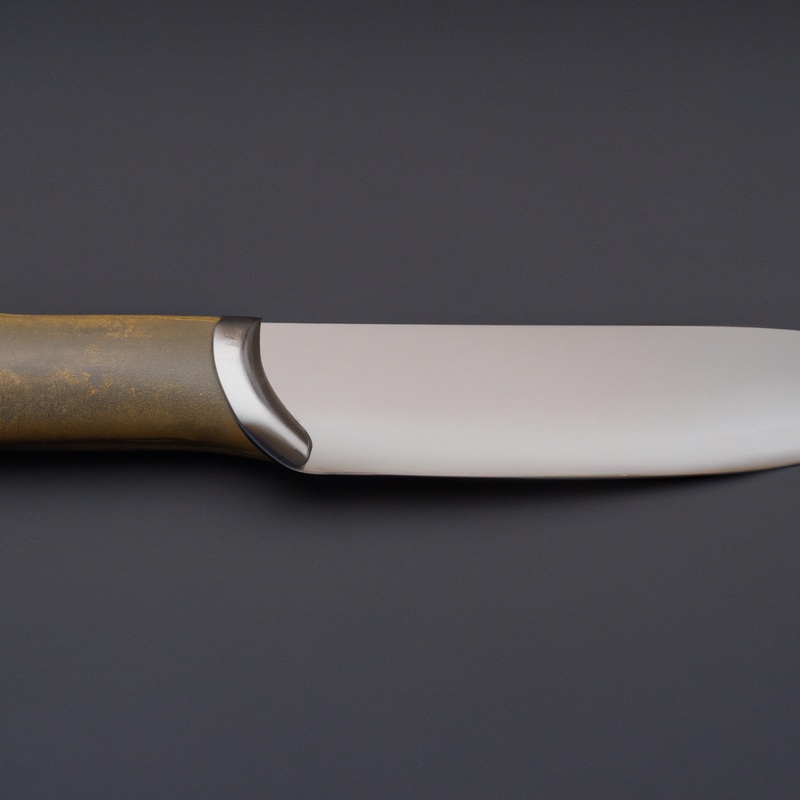
Removing any remaining portions of skin from the fish
Once you have removed the skin from the fish, there may still be some remaining portions. To remove them, use the fillet knife to gently scrape along the fish’s flesh and separate any remaining skin from the meat.
Take your time when doing this to avoid cutting into the flesh.
Once you have removed all the remaining skin, rinse the fish thoroughly in cold water to remove any loose skin or scales. Always be sure to check for any remaining skin left on the fish before cooking or serving it.
Cleaning and maintaining the fillet knife after use
After using the fillet knife, it is vital to clean and maintain it properly to ensure longevity and efficient use. First, rinse the knife under running hot water to remove any debris and fish scraps.
Then, scrub the blade and handle with mild dish soap and a soft sponge or cloth.
Rinse the knife thoroughly and dry it with a clean towel. To prevent rust and corrosion, oil the blade with food-grade mineral oil.
Store the knife in a dry and safe place, away from heat and moisture.
A clean and well-maintained fillet knife will not only last longer but also minimize the risk of bacterial contamination when using the knife for future filleting tasks.
Final Verdict
Fish skinning can seem daunting at first, but with the right fillet knife and techniques, it can be a manageable process. As a fish skinning expert, safety should always come first, and choosing the right fillet knife is key to achieving success.
Before beginning the fish skinning process, preparing the fish and making precise cuts will ensure that the skin is removed cleanly.
Finally, cleaning and maintaining the fillet knife after use will prolong its lifespan and keep it sharp for future use. With these tips and precautions in mind, removing the skin from a fish using a fillet knife can be a rewarding and enjoyable experience for any seafood enthusiast.
Trust in your expertise and take these steps with confidence, and you’re sure to impress your guests with delicious, perfectly skinned fish fillets.

